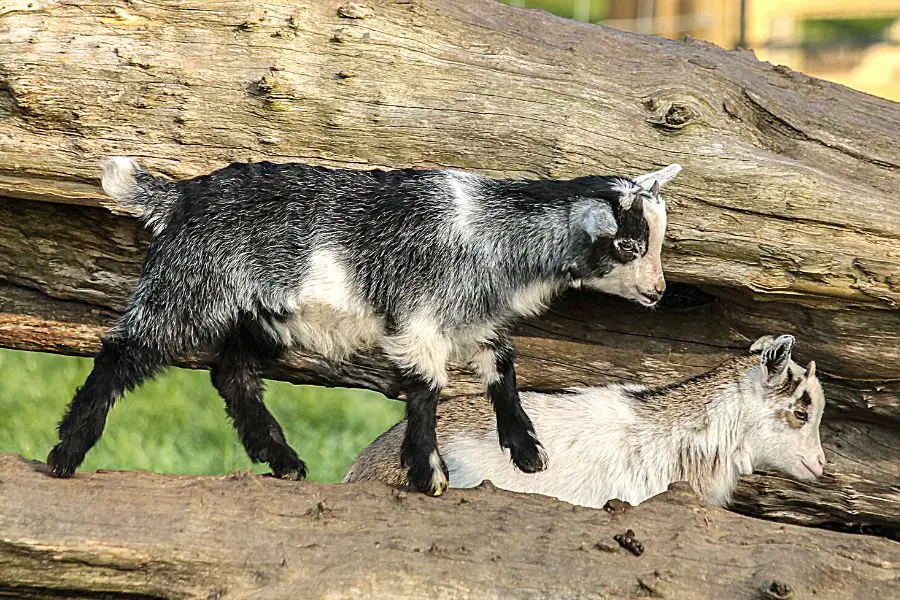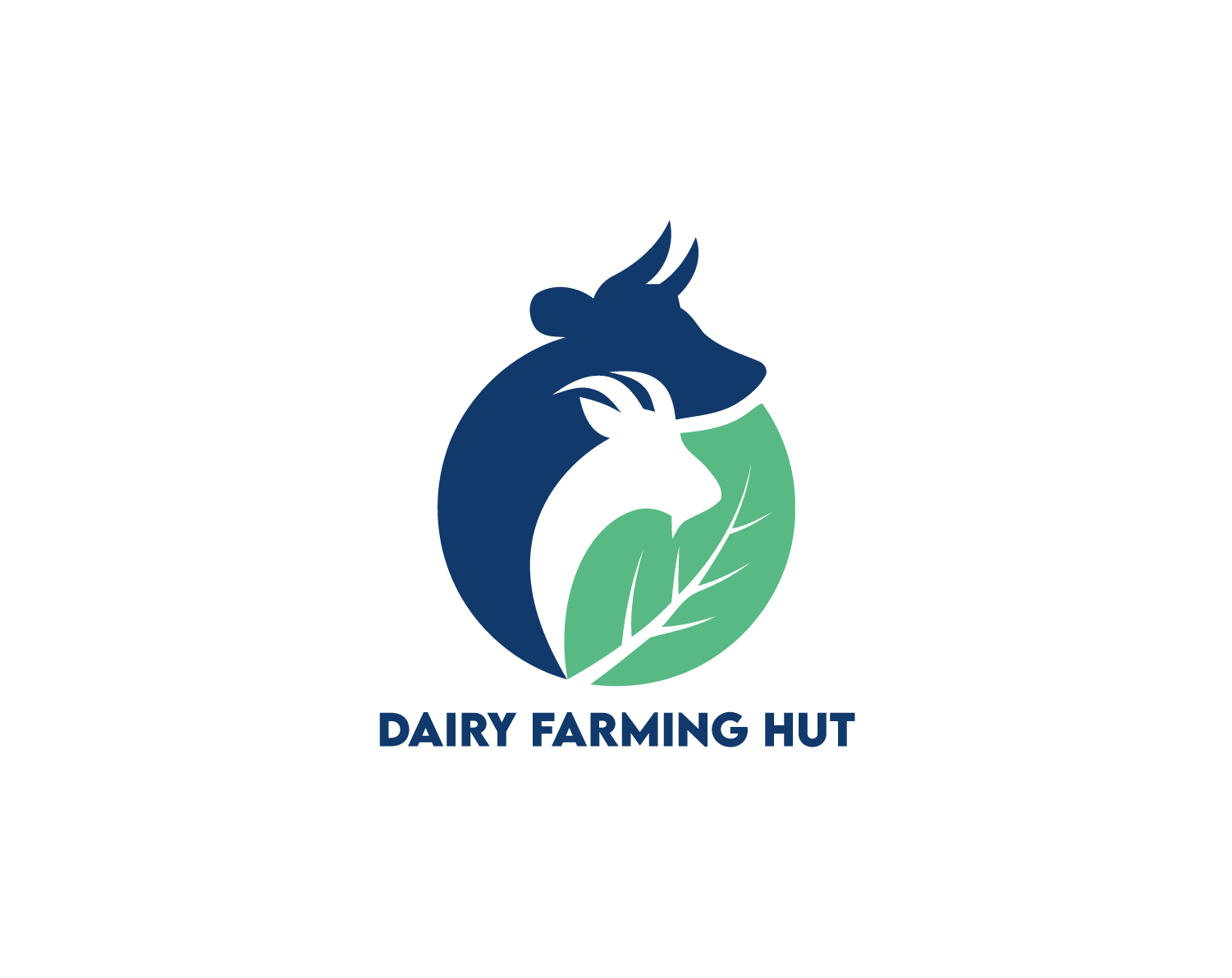The maturity of animals is usually measured by how soon they can or should reproduce. For large-scale farmers, the sooner the animals hit maturity, the better, as it leads to a higher turnover and, hopefully, productivity. However, breeding goats before they are physically mature can lead to kidding problems and higher mortality rates.
Goats can reproduce from about four months but only physically mature after two years. Does should only be bred once they reach a desirable weight whereby they can sustain themselves and their growing fetus(es). Bucks should only be used for servicing does when they are a year old.
Does are sometimes called nannies or "doelings" if they are under a year old. Bucks can be referred to as billies or "bucklings," depending on their age. The pace at which goats will mature depends on their breed, nutrition, overall health, and how they are managed.
When Does A Goat Reach Maturity?

Goats mature at different rates according to their breed, diet, health, how they are managed, and sex. Additionally, the maturity of goats differs according to what you are measuring. For example, you can measure their maturity in the following ways:
- Physical maturity and independence,
- Sexual maturity, or
- Readiness for slaughter (in the case of meat goats).
Physical Maturity Of Goats
Goats reach physical maturity between two and three years, depending on their breed. By this age, goats have stopped growing and started reproducing already. The physical maturity or livelihood of a goat will depend on factors such as the following:
- Breed characteristics,
- Nutritional needs being met,
- Parasite and disease control, and
- How it has been managed.
Sexual Maturity Of Goats
Goats reach sexual maturity when they start puberty, usually between 4 and 6 months. This said, Nigerian Dwarf goats become sexually mature sooner than other goat breeds – from three months old.
Depending on the breed, does reach puberty from 4 to 12 months. Bucks, on the other hand, become fertile from about four months, and their fertility increases until they are about four years old.
The Sexual Maturity Of Does
Puberty for does starts at around four months and is finished by one year. Does should only be bred once they reach about 7 to 10 months and weigh at least 60 pounds (for medium to larger breeds). It is imperative that does are in good health and not undersized when they fall pregnant, as it can result in kidding difficulties later.
When does are in season, their estrus cycle occurs every 18 to 21 days until they are impregnated. Each estrus lasts between 2 and 48 hours. Given that most goats are seasonally polyestrous, does only allow copulation in fall. Their gestation lasts, on average, 150 days, and they usually give birth to twins or triplets in the late winter or early springtime.
Older does continue with an estrus cycle even if they are no longer used for breeding. So, it is essential to separate them from bucks during the mating season to prevent problems with gestation.
Many farmers prefer "scheduling" the breeding time to narrow the window of kidding. Doing so helps them to have a better idea of when the kids are due should there be a need for assistance during birthing.
The Sexual Maturity Of Bucks
Despite bucks being able to breed from four months old, it is best to wait for them to reach a year before breeding [5]. When the year-old buck is introduced to breeding, he should service at most ten does in a month. From the age of two years, a buck can service 25 does a month. From three years, he can service up to 40 does a month.
Since the buck has the most significant impact on the genetic health of the herd, he should be well cared for at all times. The number of does a buck can service in a month is called "Buck Power." The buck power of a buck will depend on factors such as terrain, the type of mating system employed (e.g., had- or pasture mating), and the buck's individual sex drive.
Maturity Of Goats For Slaughter
Goats slaughtered for meat are sometimes culled between the ages of three to five months when they weigh 25 to 50 pounds. Up to the age of one year, kids store very little body fat. Of course, adolescent or adult goats are also slaughtered when they are heavier and have more body fat. However, most goats slaughtered for meat are younger than one year.
The Four Stages Of A Goat's Life
Goats have four main stages in their life cycle: kids, adolescents, adults, and seniors. Baby goats, or kids, are born after a gestation of about 5 months and weigh between 2 and 14 pounds, depending on their breed. From about two to three weeks, kids should start eating solid foods to encourage the development of their rumen.
Kids will stay with their dams until they are naturally or forcefully weaned. Farmers who forcefully wean kids do so around 10 to 14 weeks by separating them from their dams. However, dams will naturally wean their kids at between 3 to 5 months or when the next litter arrives.
As mentioned, goats start with puberty or adolescence when they are around four to six months old. The adolescent period for goats lasts until they are adults when they are physically and sexually mature. The length of adolescence in goats is determined by breed, health, and management.
Goats are considered adults when they have reached the peak of their sexual and physical maturity. Ideally, does should be retired from breeding at around ten years or earlier to encourage their longevity.
When goats have retired from breeding, they are considered seniors. Depending on the farming practices employed, retired goats might be kept on as pets or company for younger goats. Alternatively, senior goats might be culled when they are no longer considered helpful to the farming practice.
What Is The Life Span Of A Goat?
Female goats tend to live longer than male goats, especially if they have been retired from breeding. The average life span for does is 11 to 12 years, but it can be up to 18 years, depending on how happy and healthy she is. Overbreeding a doe will significantly decrease her lifespan.
Bucks have a shorter lifespan on does because of the "ruts" they go through. Ruts are when a buck is used for breeding. Each mating season takes a lot of energy from a buck and can shorten his lifespan.
Conclusion
When assessing the maturity of a goat, you can look at when it is physically and sexually healthy and able to reproduce. Goats can breed from about six months, but it is advisable to wait until they're a bit older for improved fertility in bucks and increased weight in does. By the time a goat is three years, it should be fully matured.
